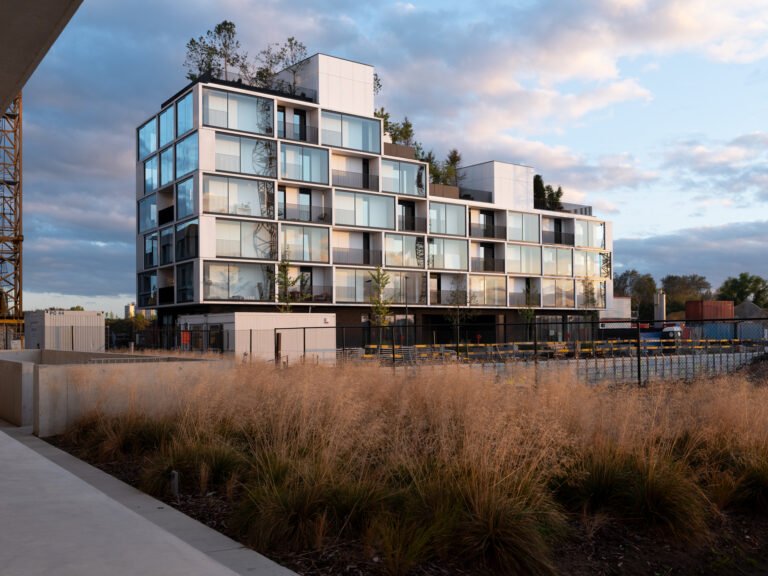the calculation of per capita water consumption
What is the calculation of per capita water consumption?
the calculation of per capita water consumption: The average per capita consumption of water varies from one country to another and there are several factors that affect the per capita consumption, among these factors are the weather, the standard of living, the definition of water or water prices, the nature of the coastal or mountainous region and how easy it is to get water, in developed countries consumption is less Of the average consumption of poor countries.
As a result of several circumstances, including awareness and the difference in consumption.
Also, this consumption varies according to the age group of the consumer.
In general, the consumption rate ranges between (100 to 200 liters per day).
A person needs at least 2 liters/day of drinking water and generally needs about 140 to 150 liters per day as a minimum for all of his household needs as defined by the World Health Organization, and this number varies from country to country according to several factors, the most important of which are: the number Population in the region, climatic factors, sectors used for water, economic factors, level of education and culture in society, tourism, geographical location, political factors, water quality, social factors, the price of a cup of water, high pressure in water distribution networks, maintenance of networks, Awareness campaigns to conserve water.
Among the most important sectors in which water is used are agriculture, household uses, commercial uses, firefighting, entertainment, industry and others.
The Ministry of Water and Electricity in Saudi Arabia confirmed that the new water tariff is one of the lowest in the world, explaining that there is no impact on the comfortable and healthy consumption levels of the individual set by the World Health Organization at about 83 liters per day, bearing in mind that what the individual consumes in the Kingdom is three times that number. About 256 liters per day, and thus the kingdom ranks third globally after America and Canada in the rate of per capita water consumption every day, despite the scarcity of water resources in the Kingdom and the extreme difficulty in desalination and transport of it to its beneficiaries.
The ministry said that most of the beneficiaries of water services will not be affected much by the new water tariff, as 73% of subscribers will not pay more than 122 riyals per month for water services, or 182 riyals per month for water and easing services.
The Ministry indicated within the campaign (you specify) that it launched to spread the culture of rationalization of water consumption, and the definition of the new water and sanitation tariff, that rationalization of water consumption is a strategic choice for the state and the citizen, and a social and national responsibility for each consumer to assume by preserving water and rationalizing its consumption to ensure its continuity, where Our rational government has paid special attention to the water sector as an essential and strategic factor to support the process of development and development.
The Honorable Cabinet recently issued a decision to amend the selling prices of water and sanitation services to reduce high consumption.
Use of water resources
Heavy rain sometimes leads to sudden floods for short periods. The river beds remain dry the rest of the time. Part of the runoff of surface water is carried out through sedimentary layers in the valleys, and groundwater regeneration, while some are lost through evaporation.
The largest amount of water runoff occurs in the western region, accounting for 40 percent of the country’s total area. The amount of 10 occurs even though it covers only the remaining 60 percent of the total water flow in the far south of the West Coast (Tahama), and renewable surface water resources are estimated at 2 km / year, most of which leaks to replenish the water-bearing layer.
Estimated total water resources 3 km 2.2, which brings the total resources 3 km2 intertwined by 3 km 2.2 renewable groundwater annually. The total groundwater reserves 3 km estimated 2.4 internal renewable water. Of which 3 km 340 can be extracted 3 km 500 (including fossil groundwater) at most likely at reasonable costs given the economic conditions of the country.
Our architectural office (Ibrahim Jawharji Architects) is one of the best architectural offices in the Kingdom of Saudi Arabia to rationalize water consumption, and this architectural office in its designs, projects, and construction takes into account the rationalization of water even in mega projects and the difficulty of the geographical climate of the Kingdom of Saudi Arabia, it follows the same approach in rationalizing water and its consumption.




